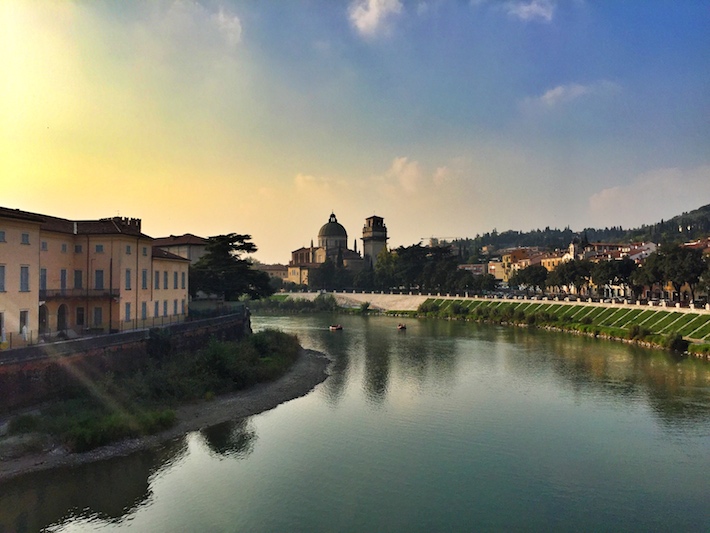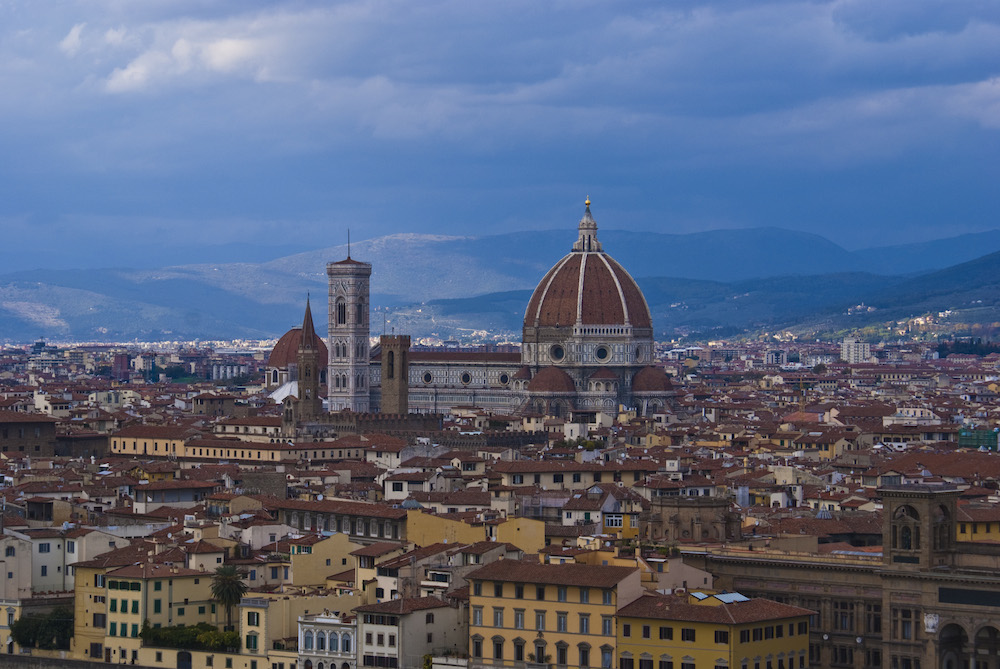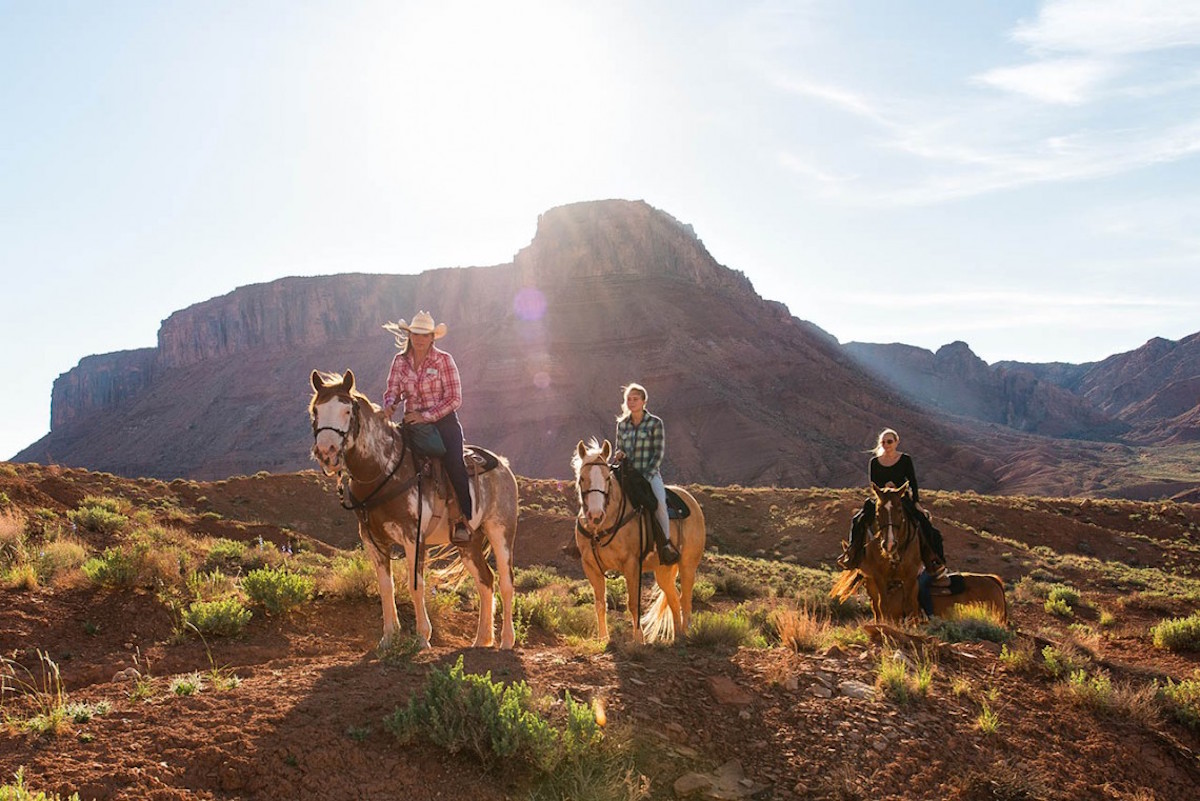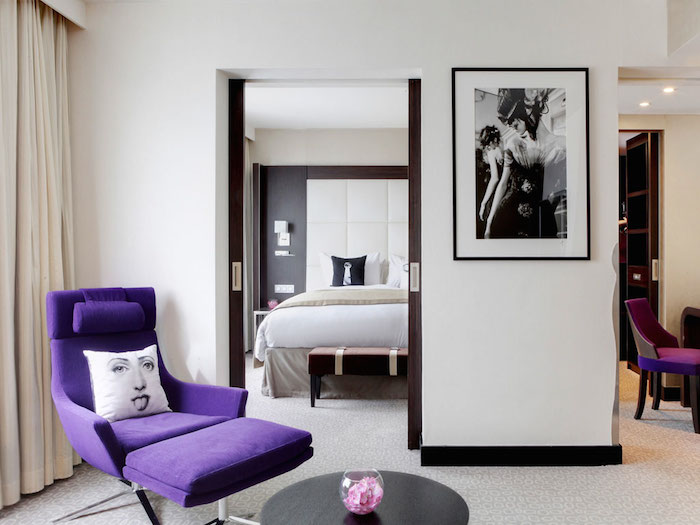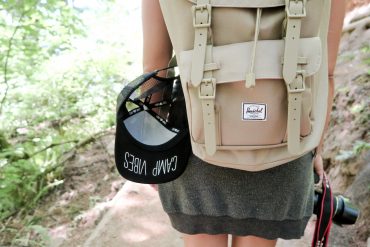The city of Romeo and Juliet is not to be missed when visiting Italy. While the city itself is rather small, here is everything that you need to see over the course of three days.
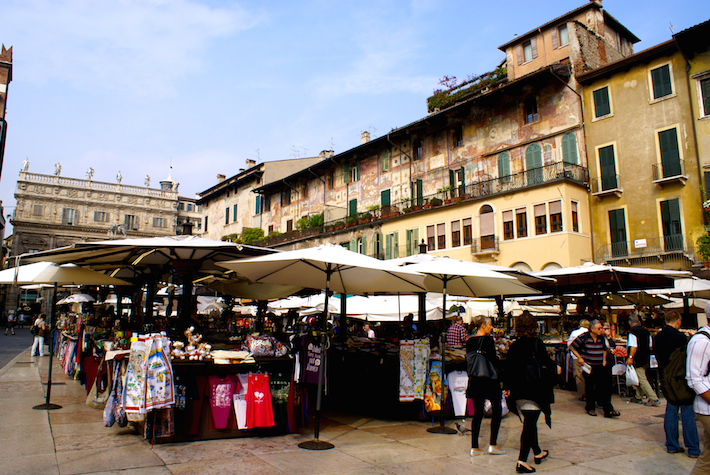
Day 1: Discovering Verona
The train station is semi-close to the city center and even though I was arriving around 6am, it was no problem finding a taxi. As soon as I arrived at my hotel, I quickly got ready for the day, plotted out my stops, and rushed off to the make the most of my first day in Verona.
Piazza Bra
I started at the center of it all in Piazza Bra, the largest piazza in Verona with some claims that it is the largest in the country. While you will see many tourists having lunch at the cafés along the piazza, I found these to be mostly filled with tourists. By all means, have a drink here and enjoy people watching, but for some good grub, go behind the piazza where you will find several restaurants tucked along a small street.
Arena di Verona
One of the most popular attractions in Verona is located right in Piazza Bra – Arena di Verona. Here I picked up a 72-hour Verona Card which would allow me access to many of the sites in the city for free. Originally an amphitheater built nearly 2000 years ago, it is now a world-famous music venue.
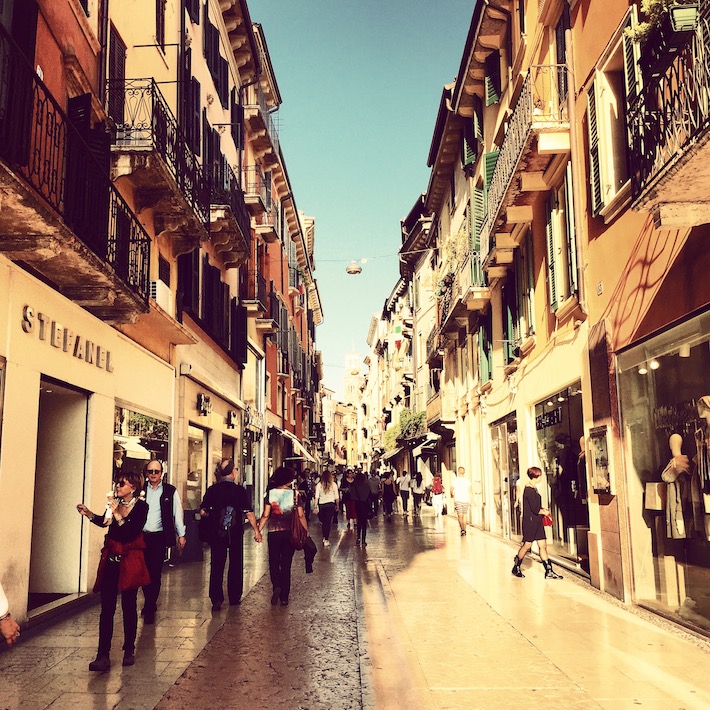
Via Mazzini
After exploring the Arena, I took a stroll down Via Giuseppe Mazzini, the most elegant and busy street of the city that just happens to be ever shopper’s paradise. I will have to admit that I spent most of the day wandering in and out of these shops and completely lost of track of time.
Piazza delle Erbe
Now with one too many bags in tow, I made by way to Piazza delle Erbe, which was once the city’s forum during the Roman Empire times. A giant market was in the center of the piazza – one which I’d later discover that is there every day except Sunday. Be sure to pay attention to the incredible frescoes on the some of the buildings.
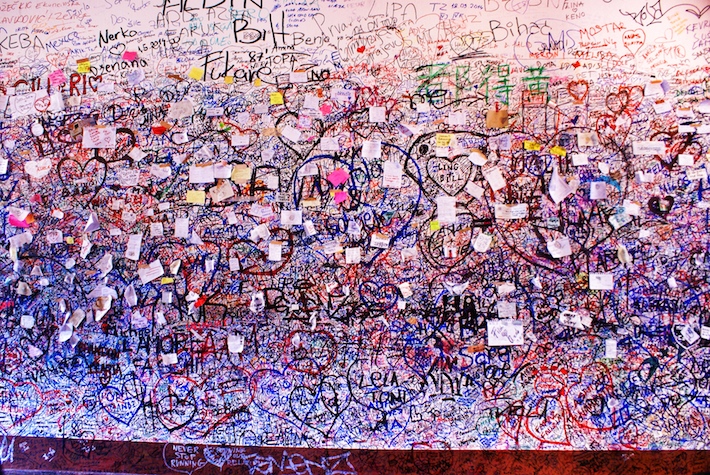
Day 2: More of the Essentials Sights
Now that I had a full day to spend exploring Verona, I wanted to make sure to cover all the essential sights. In order to see as much as possible, I got an early site and hit the hot spots, including:
Casa di Giulietta
When most think of Verona, they typically picture Casa di Giulietta, “Juliet’s House.” Known for the balcony where Juliet stood as Romeo declared his love, thousands visit the site every year despite the fact that Romeo and Juliet were only figments of Shakespeare’s imagination. In fact, Casa di Giulietta was owned by the family dell Capello and the house dates back to the 13th century where the family coat of arms can still be seen on the wall. It is free for everyone to visit the courtyard but to go into the house/museum, there is a fee (of course it is free with the Verona Card).
Torre dei Lamberti
At 275 feet (84 meters) high, Torre dei Lamberti is the tallest tower in Verona which was built by the powerful Lamberti Family in 1172. Now you can take the elevator (for €1) two-thirds of the way up, but why not get a little exercise! On my climb up, I attempted to count the number of steps and thought I got a pretty accurate count at 238 steps. I was wrong! I asked the ticket guy when I got to the bottom and I was way off… it is 368 steps. Either way the view at the top is well worth the trip, however you decide on getting there.
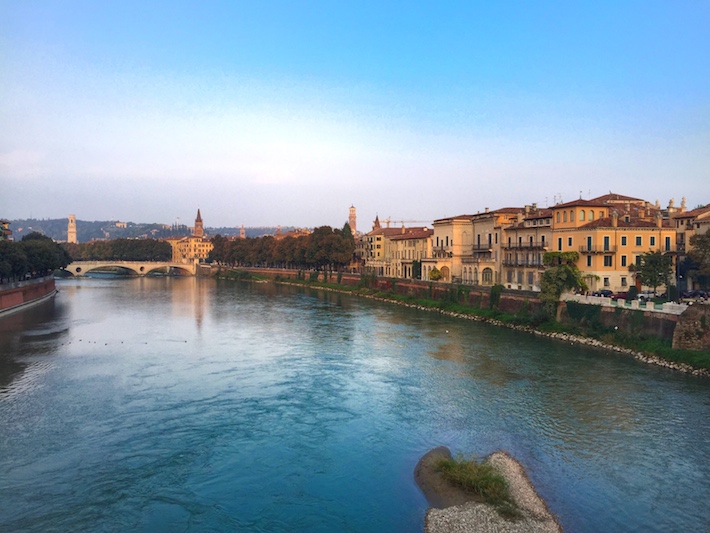
Castelvecchio
I couldn’t have ended the day better. I made my way to the Castelvecchio, a castle now turned museum. After exploring the museum, the sun was just setting and I made my way along the Castelvecchio Bridge, also called the Scaliger Bridge, where a market was in full swing selling everything from food to plants to souvenirs. I made by way across the bridge to snap some pictures of the sun setting over the River Adige.
Scavi Scaligeri Museum
Not long ago, some twenty years or so, pipework excavations discovered Roman and early medieval remains, such as Roman stone roads with sewers and the mosaics floors from the first century A.D., a Lombard tomb and the foundation work of medieval towers. Upon the discovery, it was decided to create an underground museum to showcase the ruins in their original context. Since then, the Scavi Scaligeri Museum hosts a regular exhibition of the International Photography Center. When I visited, the work of Steve Sabella was on display and it was absolutely fascinating!
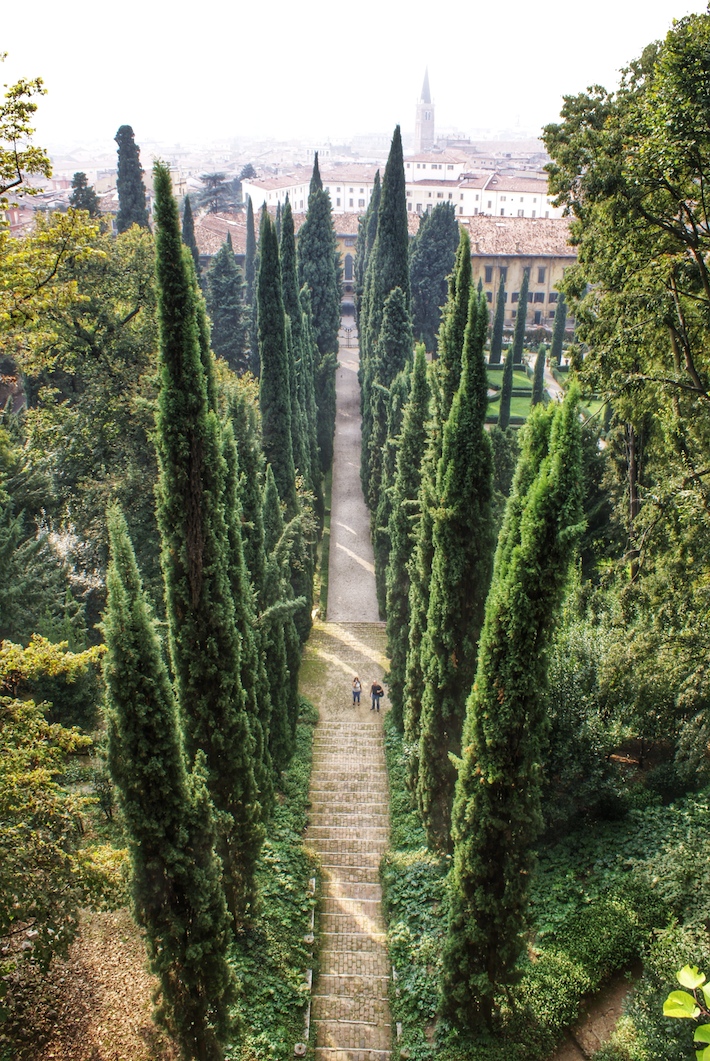
Day 3: Uncovering Hidden Gems
On my last day in Verona, I decided to try and uncover place that were a bit less touristy and more “out of the way” so to speak.
Giusti Palace and Gardens
This was one of my favorite places in Verona. Perhaps due to the fact that I knew relatively little about it, so I was pleasantly surprised at how beautiful it was. The palace was built in the 16th century and is surrounded by Italian Renaissance gardens which were planted in 1580. It is fairly uncrowded so I felt as if I had the entire place to myself with a few people here and there. It is an absolute must-go.
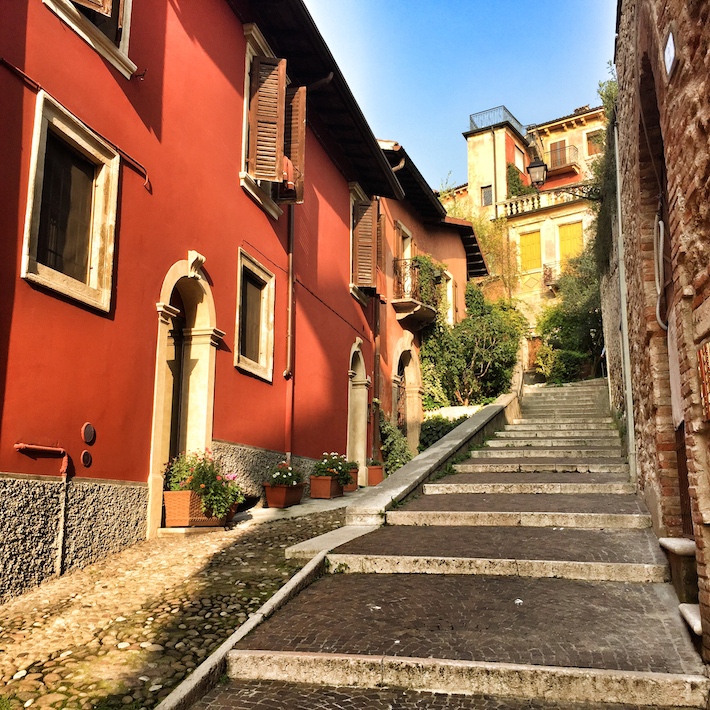
Piazzale Castel San Pietro
Just behind the Teatro Romano is a staircase leading up the Castel San Pietro, or “St. Peter’s Castle.” While there is no castle to go into, you come here for the spectacular view. A large piazza overlooks the city and you can see all of Verona.
Juliet’s Tomb & Fresco Museum
For history and to look at some incredible frescoes, come here. The tomb itself is nothing special so don’t come here expecting a large crowd or anything. The discovery here is looking at some amazing frescoes dating from the 16th to 18th centuries. The underground level contains a collection of Roman amphorae from the first century B.C. which were found during excavations surrounding the River Adige.
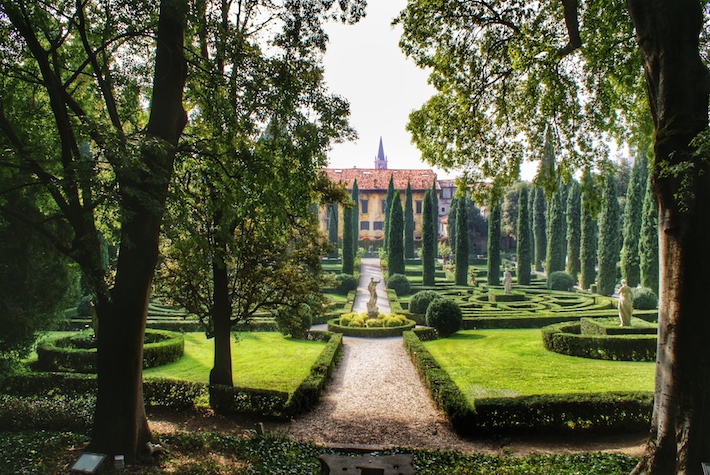
The Wellist’s visit to Verona was made possible by Rail Europe.

